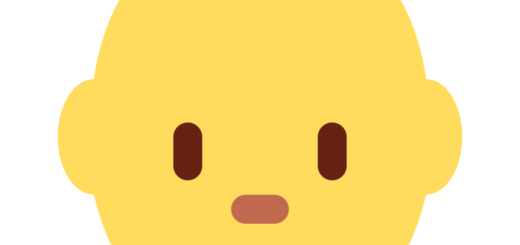〽 Part Alternation Mark Emoji Meaning
| Emoji | Name | Meaning | Category | Codepoint | Shortcodes |
|---|---|---|---|---|---|
| 〽 | Part Alternation Mark | Indicates a change or alternation in parts, mainly in Japanese text | Symbols (Mark category) | U+303D | :part_alternation_mark: |
Meaning
The 〽 emoji is a symbol originating from Japanese typography, called the part alternation mark. It indicates a shift or alternation in parts, such as a change of speaker or topic in text.
Common Uses
- Highlighting changes in dialogue or sections in Japanese writing
- Marking alternations in scripts, lyrics, or text passages
- Decorative or stylistic use referencing Japanese language or culture
- Occasionally seen in digital text to represent change or alternation
Examples
〽️ New speaker begins here.
Section 1 〽 Section 2
Lyrics: 〽 Chorus starts
Related Emojis
- 🔣 Input Symbol for Symbols – general symbol input including special marks
- 〰️ Wavy Dash – also a Japanese punctuation mark with decorative use
- ❇️ Sparkle – used for highlighting and decoration, unlike the functional 〽
- 🈚 Japanese “Free of Charge” Button – another Japanese symbol emoji
Technical Notes
The 〽 character is U+303D in Unicode, added around Unicode 1.1. It may appear differently across platforms but generally retains the distinct shape. It does not support skin tone or gender variants.
FAQ
What does the 〽 emoji mean? The emoji marks a change or alternation in parts of written text, primarily in Japanese.
How is the 〽 emoji used? It is used to indicate shifts in dialogue, sections, or alternations in Japanese text or stylistic writing.
Does the meaning of the 〽 emoji change by context? Its core use stays consistent but may serve decorative purposes or general symbolic representation of change outside formal text.




